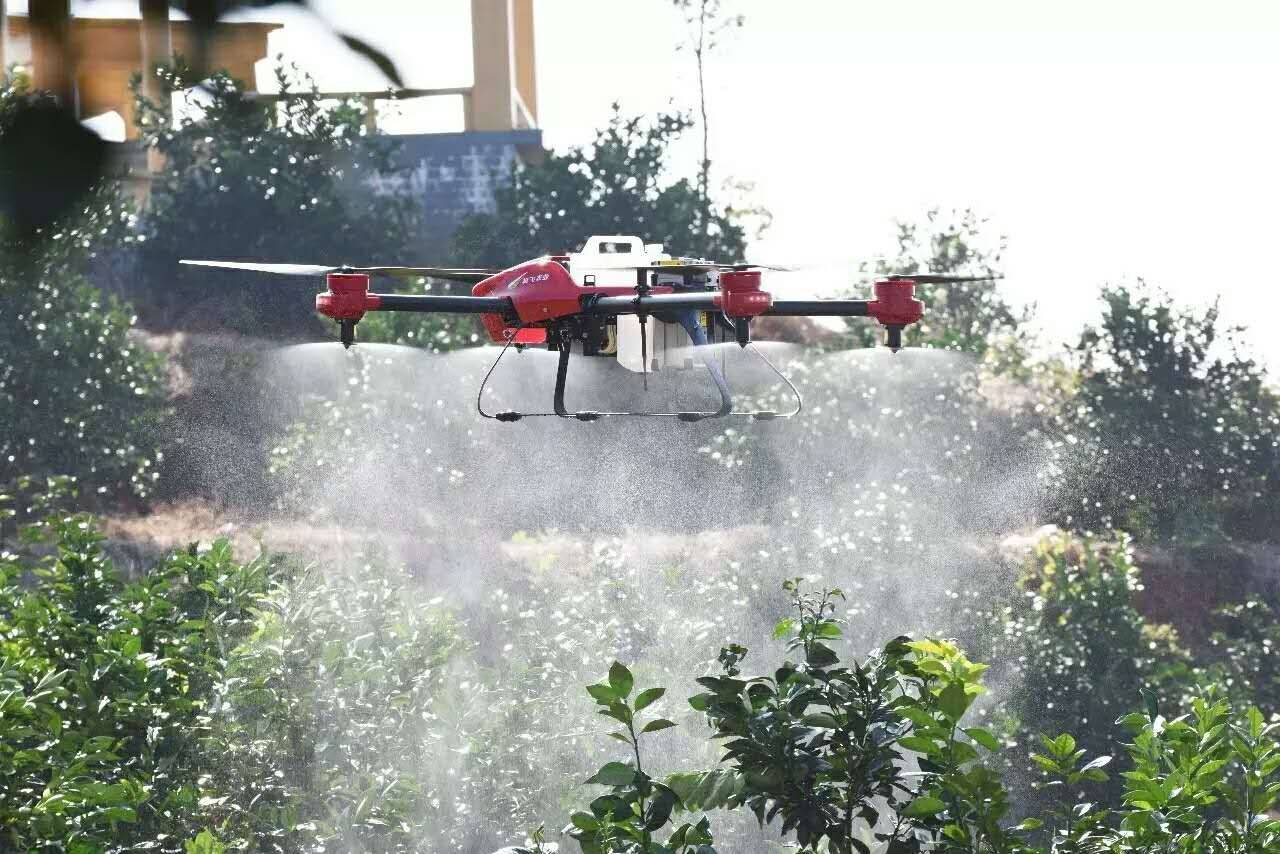
Innovations in Drone Technology are always welcome especially for the farmer community when the Drone Technology is specially created for the farm.
XAG, the agricultural robotics and Artificial intelligence pioneers are preparing to launch their V40 and P40 Agricultural Drones internationally, bringing digital agriculture to more remote places with ageing populations and inadequate infrastructure.
The XAG V40 and P40 are completely autonomous agricultural drones capable of mapping, spraying, and broadcasting. They are intended to assist farmers in transitioning to climate-smart techniques, resulting in increased growth with lower carbon footprints and reduced pesticide use.
XAG Drone Features:
The upcoming new versions of drones are specifically designed for agricultural usage since the entire body of the XAG V40 and P40 has an IP67 (the unit can be thrown into a body of water up to a metre deep for half an hour) grade protection to provide them with a longer service life in difficult environments.
They are not only waterproof and dust-resistant, but they can also tolerate chemical corrosion damage. Farmers and drone pilots may wash them immediately with water by washing their bodies. Furthermore, these drones are fueled by a clever lithium polymer battery that charges in the water-cooling tank in 11 minutes. Shortening the charging time can reduce the number of batteries needed and therefore lower the operating costs.
The SuperX 4 Intelligent Control System powers the XAG V40 and P40 drones, allowing for high-accuracy navigation and autonomous route planning. Using its dual-engine RTK centimetre-level positioning modules, the drones fly independently on a predetermined flight path making it easier for the drones to spray pesticides or irrigate the fields in a proper manner without human intervention and making it smart and precision farming possible in the fields.
The IP67-rated drones are outfitted with a multi-directional radar matrix that includes front dynamic radar and terrain radar for further security.
The radar systems can recognise the surroundings and avoid obstructions, making the farms a safer place to work.
















